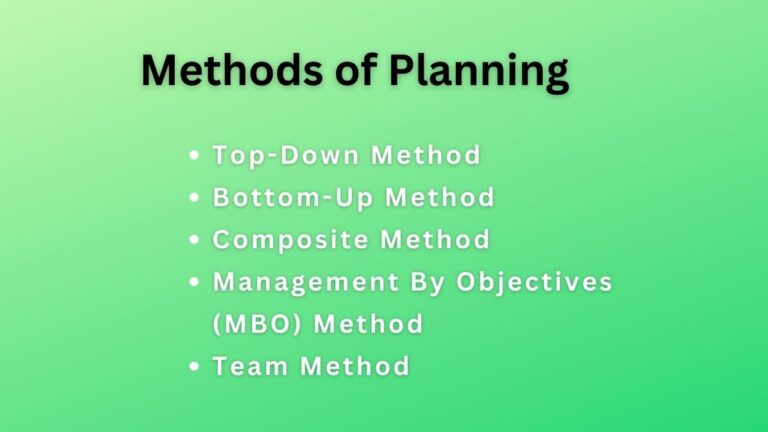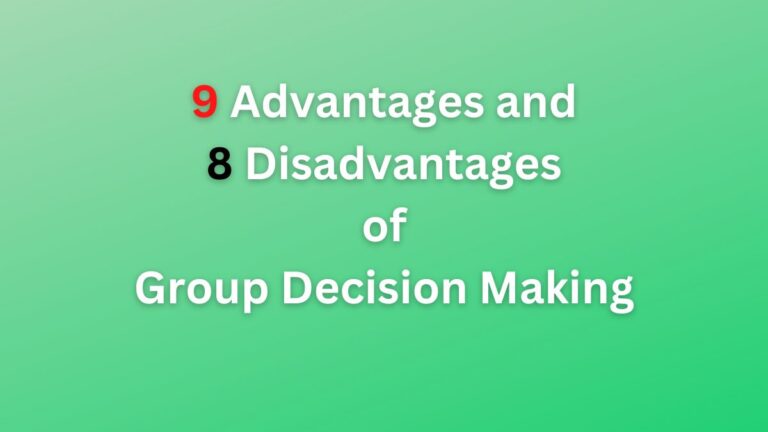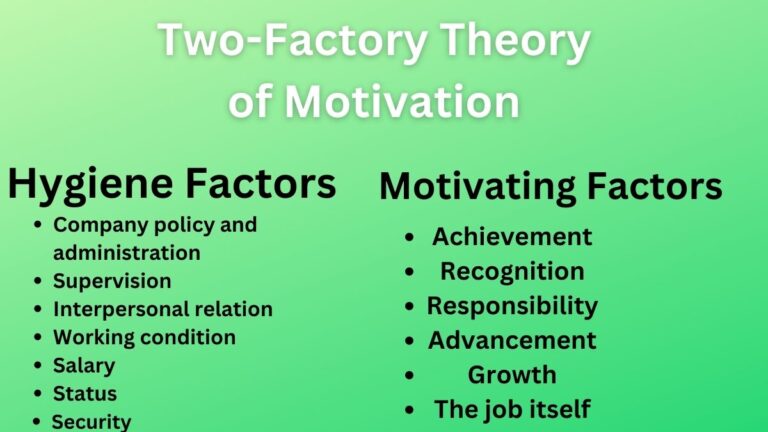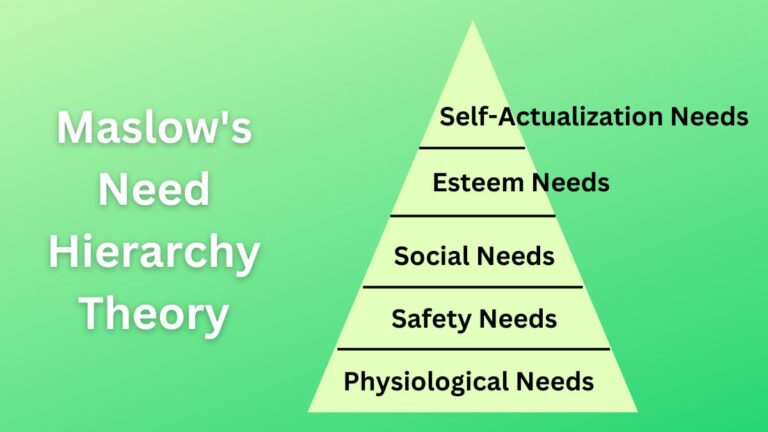The 5 Levels of Market Segmentation [Explained]
Market Segmentation Levels
Market segmentation can be defined as the activity in which a larger market is divided into different small markets that have some common characteristics. There are five main levels of market segmentation, which are mentioned below:
Mass Marketing
The mass marketing level of market segmentation is the marketing in which a company markets its product as a whole through a single strategy in a large market.
Mass marketing believes that a market consists of consumers who share common interests and purchase the same products. So it sells the same product to all types of consumers who exist in the market.
Mass marketing does not differentiate consumer categories like segment marketing does. It works through mass production, mass promotion, and mass distribution, and aims to achieve economies of scale.
Related: The Production Concept
The following are some pros and cons of mass marketing:
- Pros:
- Helps to capture the big market.
- Provide economies of scale to the firm.
- Helps to generate profit through high volumes of sales.
- Cons:
- Does not consider the need for specific customer groups.
- There is high competition in mass marketing.
Segment Marketing
The segment marketing level of market segmentation includes dividing the total market into its different segments based on consumer buying behavior, purchasing power, income, gender, socio factors, etc.
Segment marketing focuses on a particular segment of the whole market. It connects the customers with the marketer or the brand in the best possible way.
Related: Levels of Management
For example, a car company may segment its cars for different categories of customers as low-cost cars, performance-based cars, luxurious driving experiences, etc. The following are some pros and cons of segment marketing.
- Pros:
- Enable companies to best serve the selected market segment.
- Higher customer satisfaction can be achieved.
- Cons:
- Requires more time to search, identify, and understand the target market.
- For every segment, a new marketing plan or strategy is required.
Niche Marketing
A niche is a more closely defined customer group that seeks a distinctive mix of benefits. In niche marketing, a seller caters to a very specific market segment that requires high-quality service and attention.
In this case, customers may have a specific type of need, they may require some special types of services, and they become ready to pay a premium price for the product. So the marketer needs to have specialized knowledge and provide better service.
An example may be an insurance policy for football players. The following are some pros and cons of niche marketing.
- Pros:
- Competition is low in niche marketing.
- Customers will get better service.
- Brands or marketers may enjoy the benefits of charging premium prices.
- Cons:
- A niche market is small and the number of customers will also be small.
- Niche markets that have profit potential and low entry barriers may attract new competitors.
Local Marketing
As the name suggests, local marketing, this market segmentation level focuses on the local markets. The marketing program is designed for local people which may be local consumer groups, cities, neighborhoods, and even local stores.
In that reference, the focus is on local appeals, local flavor, local usage, etc. The local markets are small in size as compared to mass markets. For example, locally manufactured foods and products are being targeted in the same area.
Some pros and cons of local marketing include:
- Pros:
- Local consumers are benefited from local marketing.
- There are low competition and entry barriers to competitors.
- Low profits but stable sales.
- Cons:
- Small market.
- The cost of production and promotion of products may be high due to low production.
Individual Marketing
Individual marketing refers to marketing products to an individual customer. Here, the marketers focus on an individual customer’s needs, wants, preferences, and other characteristics.
It is the segmentation level where marketers offer customized products or services to the customer. For this, marketers may visit customers personally, understand their specifications, and work on those specifications.
The following are some pros and cons of individual marketing.
- Pros:
- Consumers get highly customized services.
- Create loyal customers.
- Builds good relationships with individual customers.
- Cons:
- Individual marketing increases the expenses of the company.
- It can not be applied to all customers. For it, the customers should be rich and have more spending habits.
In conclusion…
Hence, these are the five main levels of market segmentation. Marketers should be careful of the uniqueness each of the levels holds and apply the relevant marketing strategies.
Read Next: Requirements For Market Segmentation
Sajan Kushmi is a content writer with more than 4 years of experience. He holds BIM Degree. He write on the topics related to Management, Marketing, and Entrepreneurship.






